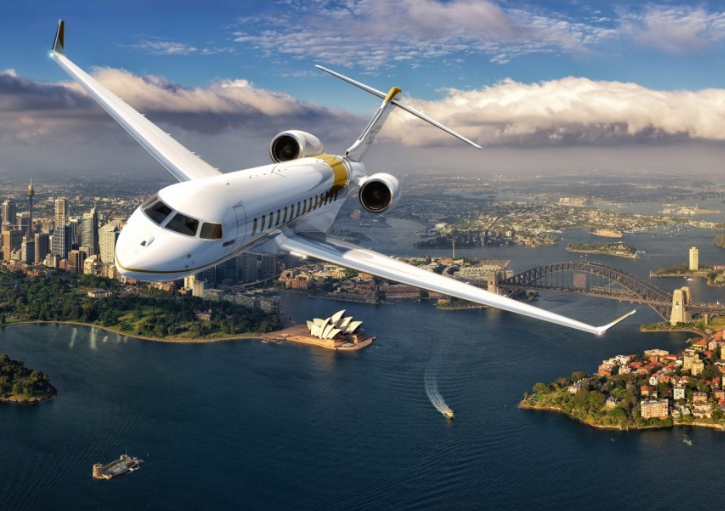
The in-service business aviation fleet in Asia is projected to grow from 1,600 aircraft in 2022 to more than 1,800 by the end of 2031, a 1.5% compound annual growth rate (CAGR), according to Aviation Week Network forecasts.
Asia’s growth is expected to exceed projected growth in the world’s business jet fleet of 0.7% per year over the next 10 years, according to the forecast.
"With used aircraft valuations at a premium, we're actually seeing a net outflow of aircraft from parts of Asia," says Brian Kough, Aviation Week Network senior director of forecasts and aerospace insights."Purchasers from outside Asia are exporting aircraft from there and it's at least temporarily outpacing fleet entries."
Textron Aviation, Gulfstream Aerospace and Bombardier are forecasted to deliver the highest number of aircraft into the Asia region, with deliveries worth $18.3 billion at list prices over the next decade.
By segment, the large jet in-service fleet, the most popular segment in Asia, is expected to grow at a compound growth rate of 3.7%, rising from 535 aircraft in 2022 to 740 in 2031. By comparison, the world’s in-service fleet for the large jet segment is projected to grow 2.5%, rising from just over 6,000 aircraft to more than 7,500 over the next decade.
The medium jet in-service fleet in Asia, meanwhile, is expected to grow 0.2% a year from 2022 to 2031, while light jets are expected to grow at a rate of 0.5% per year over the next 10 years.
At the same time, the single-engine turboprop fleet is projected to grow 4.8% a year, while the multi-engine turboprop fleet is expected to contract 1.7%, according to the forecast.
And business jet airliners are forecasted to contract by 0.3% per year over the decade.
MRO Demand Growth In Asia
Dollar demand for maintenance repair and overhaul services in Asia is expected to grow at a 1.3% annual rate, compared with 1.7% globally before inflation. MRO demand for large jets is expected to grow at 3.3% a year in Asia, slightly lower than the expected 3.5% global growth increase.

